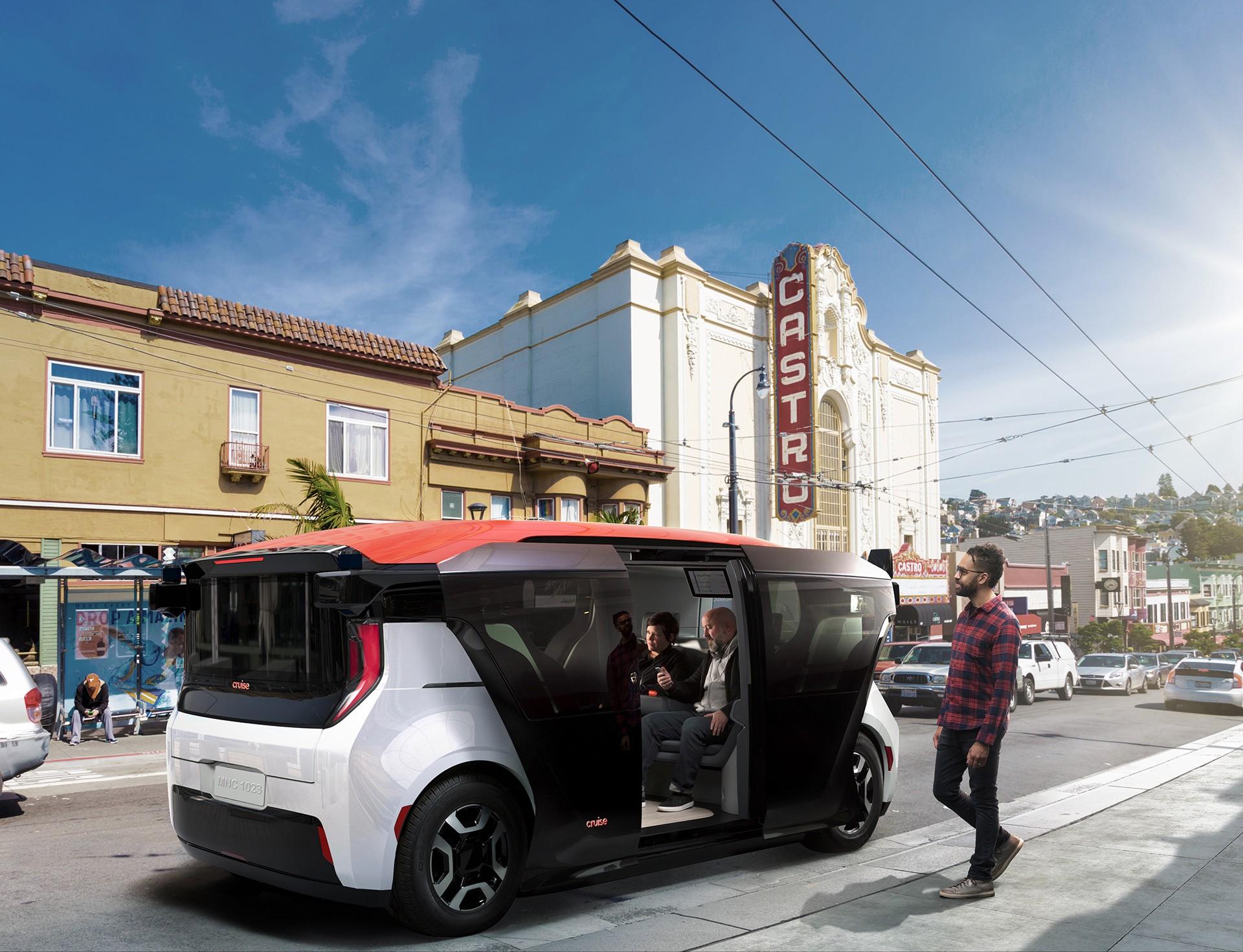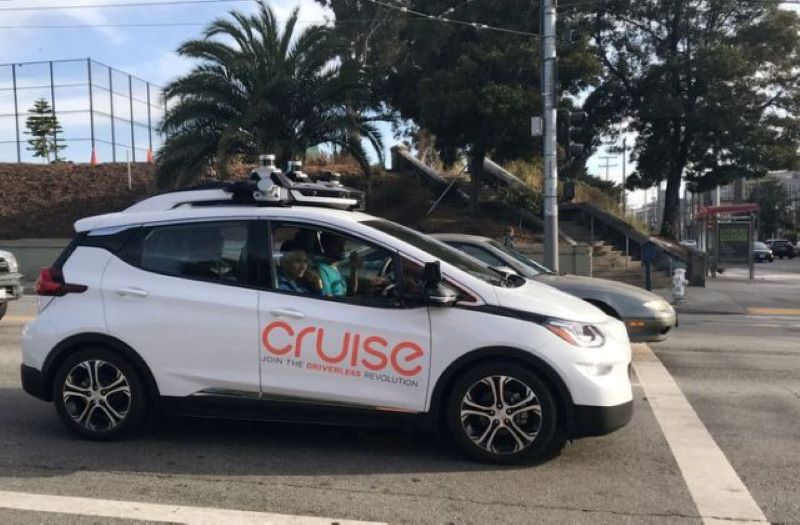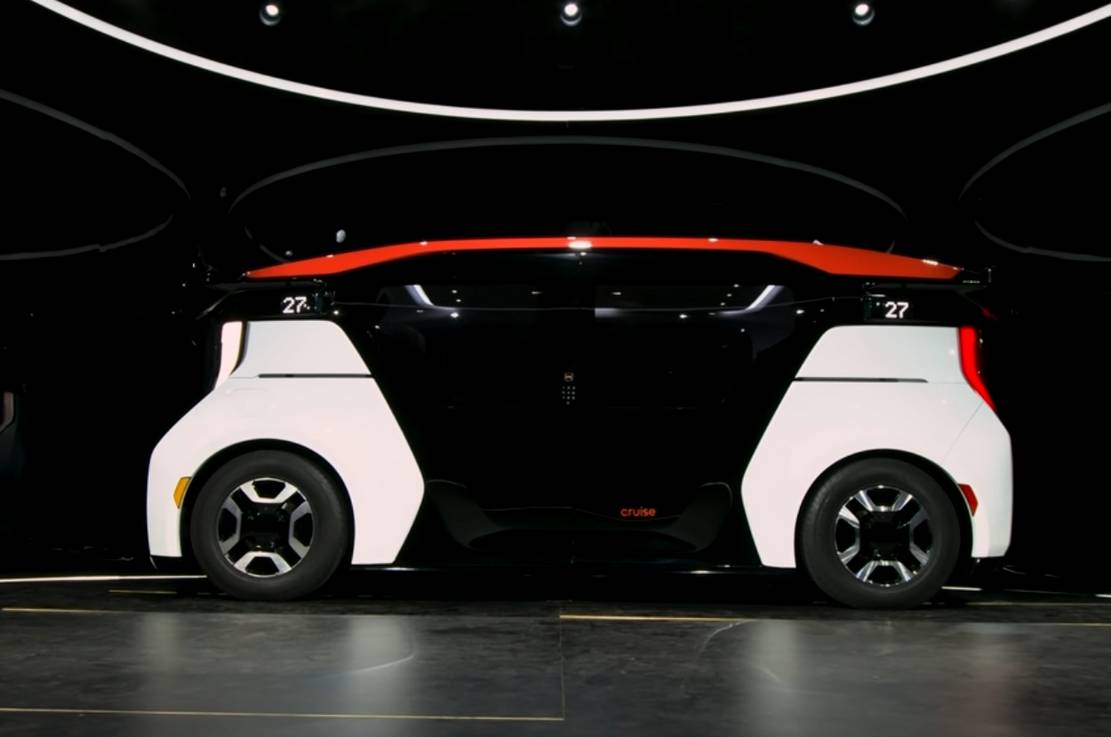Cruise autonomous vehicle Wikipedia
Table Of Content

Austin has long been a testing ground for driverless technology, something the city of Austin has encouraged. In 2017, Austin Mayor Steve Adler said he wanted Austin be to automated vehicles what Detroit has been to traditional automakers in the past century. Cruise's fleet is made up of Chevy Bolt electric vehicles that have been retrofitted with sensors, cameras, radar, and lidar that make it possible for them to operate autonomously, according to the company.
Our services
Since there's no driver, passengers use their phones to unlock the car, she said. Once they get in and buckle their seatbelts, they press "start your ride" and the trip begins. We’re working to bring new transportation options that work for you and your community. In March, she said the company was "confident" that Cruise would launch and commercialize operations "sooner than many people think." Self-driving truck company Torc Robotics, which is owned by Daimler Truck, one of the world's largest commercial vehicle manufacturers, said this year that it was opening an Austin engineering hub. Austin was chosen in part because of similarities between the streets of San Francisco and the streets in downtown Austin.
Now in Phoenix
When asked a hypothetical question about public operations beginning within the next two to three years, Ammann said that "sounds reasonable to me."
Cruise wasn't hiding the pedestrian-dragging video from regulators — it just had bad internet - The Verge
Cruise wasn't hiding the pedestrian-dragging video from regulators — it just had bad internet.
Posted: Thu, 25 Jan 2024 08:00:00 GMT [source]
Robotaxi testing and permits

The company is among the first to test its driverless vehicles in a dense, complex urban environment. In 2017, Cruise was conducting testing on public roads with Cruise AVs in San Francisco, Scottsdale, Arizona, and the metropolitan Detroit area. The comments come a day after Reuters reported Cruise and rival Waymo have applied for permits needed to eventually start charging for rides and delivery using autonomous vehicles in San Francisco. Neither company revealed when they intend to launch services, according to the report.
What else is happening with self-driving tech in Austin?
We’re reintroducing a small fleet of manually-operated vehicles to begin mapping with trained safety drivers behind the wheel. There’s always a balance between healthy regulatory scrutiny and the innovation we desperately need to save lives, which is why we’ll continue to fully cooperate with NHTSA or any regulator in achieving that shared goal." Next year, however, the company plans to deploy an electric vehicle outfitted specifically for autonomous ride-hail — called the "Origin" — that will fit six people and have no steering wheel or pedals. The launch in Austin and Phoenix comes just over a year after Cruise CEO Kyle Vogt completed the company’s first-ever driverless ride in San Francisco in November 2021. The company started offering public rides in February this year, and it started charging fares in June.

He said in Phoenix the company is building off an existing partnership it has with Walmart for delivery services. The company already has the permits needed for commercial ride-hall and delivery operations in Phoenix. Austin is about to see more driverless cars on its roadways, as another autonomous vehicle company says it is expanding into Austin by the end of the year. In Texas, autonomous vehicles are regulated under a law passed in 2017 that allows vehicles to operate without a driver inside, although prior to that no law prohibited autonomous vehicles. San Francisco-based Cruise, which is owned by General Motors, is now offering a fully autonomous rideshare service in Austin with no human drivers or monitors.
You now can ride in a driverless car in Austin, as GM-owned Cruise expands rideshare services
In a video released by the company, a Cruise employee is seen in the passenger seat while the car drives itself through the darkened streets of San Francisco. Cruise’s vehicles all have an emergency switch in the center channel near the gear shift in case something goes wrong, and they are also monitored remotely by Cruise employees. Asked whether remote operators are able to take control of the vehicle when needed, Ammann declined to answer. Commercializing autonomous vehicles has been far more challenging than many predicted even a few years ago. The challenges have led to a consolidation in the autonomous vehicle sector after years of enthusiasm touting the technology as the next multitrillion-dollar market for transportation companies. Cruise declined to share details on exactly where in Austin the service will operate or how many vehicles it will have in Central Texas.
In Austin, the company expects to move quickly to get its service operational, Vogt said. The company said it is able to scale up in Austin quickly because of the work it has done in California. Cruise currently has a total of about 300 cars in operation, counting those in San Francisco, Austin, and Phoenix.
Cruise AV
GM will resume testing its Cruise self-driving cars on public roads, report says - Quartz
GM will resume testing its Cruise self-driving cars on public roads, report says.
Posted: Fri, 23 Feb 2024 08:00:00 GMT [source]
“It works very much like a traditional ride-hail," Prichard said. "We have an app where you can summon a car to you in downtown and also central Austin, and it picks you up from your location." “Riders will be able to hail a ride from their pickup location to their preferred destination, similar to traditional ride-hail apps, but with no driver,” the company said. “I always tell people you'll never forget your first time because it really is a new category of transportation and it's a completely new experience for people to be driven by a robot car," Prichard said. If you've seen a car tooling around downtown Austin recently with seemingly no driver, your eyes aren't deceiving you. Cruise's path to autonomous driving creates opportunities for increased mobility and independence. By Andrew J. Hawkins, transportation editor with 10+ years of experience who covers EVs, public transportation, and aviation.
The initial rollout for the program is expected be limited, with fewer than 100 vehicles between Austin and Miami where the company is also testing the program. Google subsidiary Waymo tested a fully self-driving trip with no driver presence in 2015. The company closed its Austin office in 2019, shortly after another autonomous car company, Argo AI, announced plans to test here in partnership with Ford Motor Company. Ford and Argo AI had been working with Walmart for delivery service and with Lyft for rideshare, offering public rides in Austin in September. Austin-based automaker Tesla has also been developing self-driving technology that is likely being used in Austin.
Its main rival, Google spinoff Waymo, has been testing its fully driverless vehicles in Phoenix for over a year, and recently announced it would be making its Level 4 taxi service available to more customers. The company had planned to launch a commercial taxi service in 2019 but failed to do so, and it has yet to publicly commit to a new date. Cruise was expected to launch a ride-hailing service for the public in San Francisco in 2019.
Cruise's fleet is made up of Chevy Bolt electric vehicles that have sensors, cameras, radar and lidar that make it possible to operate autonomously, according to the company. Cruise will be opening a waitlist for people in Austin interested in using the service, similar to what the company has done in San Francisco. “It will initially be small-scale, but driverless and revenue generating with scaled operations to follow next year,” Vogt said.
The time frame given for the vehicle is the most detailed yet and also hints at when the commercial operation of Cruise's current autonomous vehicle test fleet is expected to start. Despite the name, industry experts and the company itself do not consider the vehicles to be autonomous, and the feature does require active driver supervision. All Teslas produced after 2014 are also equipped with autopilot driver assistance technology. The newest version of the technology is powered by eight external cameras and vision processing technology. In 2019, Google’s autonomous vehicle company Waymo pulled out of Austin after testing its autonomous vehicle technology here for several years. Argo AI had been operating in Austin since 2019 in partnership with Ford Motor Company, and Ford has been deploying prototypes in Austin to establish the city as a proving ground for autonomous vehicle technology.
Komentar
Posting Komentar